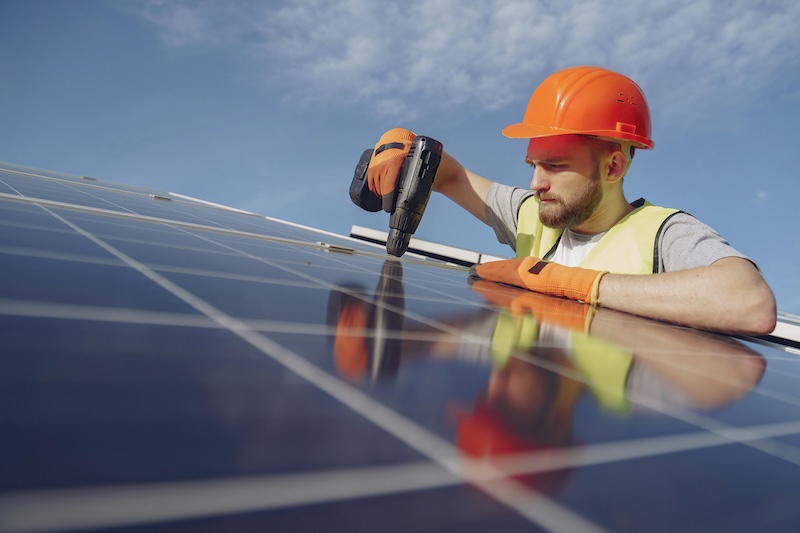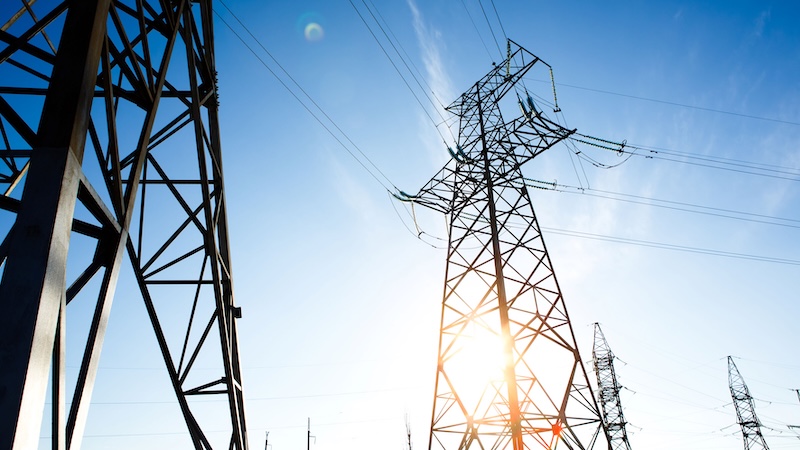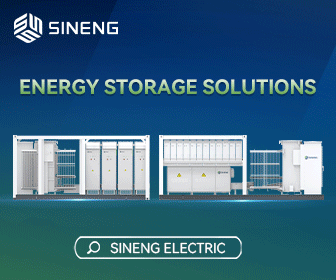Microgrids Pack a Big Punch
Businesses and communities have long relied on centralized power grids, but as energy demand increases and reliability becomes less certain, many are looking for alternatives. More companies are adopting microgrids and virtual power plants (VPPs), creating localized energy systems that reduce costs, improve efficiency, and support sustainability goals.
Advancements in technology and the declining cost of renewable energy are making these solutions more accessible. Some businesses, such as big-box retailers, are leading the way in installing microgrids for greater control, while others are tapping into VPPs — integrated networks that optimize distributed energy resources. With artificial intelligence (AI) and battery storage improving efficiency, decentralized energy is playing a larger role in ensuring long-term stability and cost savings.

Big-box stores as power producers
Retail giants are using their vast real estate to generate and manage power. Large retailers, such as Walmart and Home Depot, are leveraging their expansive rooftops to install solar panels and turn their stores into energy hubs. This lowers electricity costs, strengthens resilience by reducing grid reliance, and provides a more stable power supply.
Walmart has been particularly aggressive with this approach. With more than 780 million square feet of rooftop space, the company has committed to adding 10 gigawatts of clean energy capacity by 2030. Many of its stores generate excess electricity that Walmart sells to nearby communities. Home Depot is also expanding its solar footprint, adding 13 megawatts of rooftop solar to 25 California stores.
As more large retailers integrate renewable energy into their operations, they ease pressure on the grid and lower costs for consumers. By transforming underutilized space into productive energy assets, these companies demonstrate how distributed power generation benefits businesses and the environment.
Keeping up with energy demand
While large retailers are using their real estate to generate power, data centers face the challenge of keeping up with rapidly growing demand. The International Energy Agency estimates that by next year, data centers could consume over twice the electricity they used in 2022, reaching around 1,000 terawatt-hours, about the consumption of Japan. In certain regions, the impact is even greater, making up over 20 percent of Ireland’s total electricity consumption and exceeding 10% in at least five U.S. states. As energy use climbs, operators must find ways to improve efficiency, cut costs, and minimize environmental impact.
Many are turning to microgrids to generate and manage their own power while reducing reliance on the grid. By integrating renewable energy sources and advanced storage technologies, microgrids help stabilize power supply, lower operational costs, and provide backup during potential grid outages. This also allows data centers to phase out diesel generators — an inefficient backup power source.
Beyond individual facilities, some data centers and businesses are joining VPPs. This allows them to take advantage of a network of energy solutions to gain the same benefits of a microgrid, while being able to pool together excess energy to support grid stability and without having to always install assets onsite. Using AI-driven software and energy management systems, VPPs and microgrids can optimize power use in real time, ensuring efficient distribution across facilities and enhanced reliability. As electricity demand grows, decentralized energy will be critical in balancing sustainability with operational performance.
Making microgrids more efficient
New energy technologies are improving the efficiency and affordability of microgrids and virtual power plants. AI and advanced software allow businesses to track and adjust power use in real time, optimizing operations, reducing waste, and improving grid integration.
One advancement is modernized Distributed Energy Resource Management Systems (DERMs), which coordinate energy generation, storage, and consumption to allow organizations to balance supply and demand. They ensure excess energy is stored or fed back into the grid at optimal times.
Battery storage plays a vital role in the success of VPPs and microgrids, addressing any intermittency concerns and balancing energy use. Lithium-ion technology now has better energy density, while newer alternatives like lithium-sulfur and sodium-ion batteries are being developed to reduce costs and improve sustainability, further enhancing energy storage performance.
And while microgrids give businesses control over their energy supply, VPPs take it further by linking multiple distributed energy resources into a coordinated network. These systems allow businesses and communities to generate, store, and share electricity more efficiently while supporting grid stability.
VPPs allow businesses and households to send excess power back to the grid. With aging infrastructure and rising demand, VPP adoption is expected to accelerate. By pooling energy resources across multiple sites, businesses and communities can create more resilient, flexible power networks that benefit participants and the grid.

More to gain than to lose
Microgrids and VPPs offer clear benefits, but adoption comes with hurdles. Installation costs, particularly for battery storage, can be high, though prices are steadily declining, and for some businesses, the upfront investment remains a challenge.
Space is another factor. Solar panels and batteries require room, which isn’t always available in dense urban areas. Geography and weather conditions also affect energy generation, making careful planning essential.
Regulations add complexity. Energy policies and grid interconnection rules vary, creating obstacles for businesses looking to implement these systems. Still, as adoption grows, policies are shifting to support decentralized energy.
Despite these challenges, more businesses are recognizing the long-term value of controlling their own power, leading to increased interest in microgrids and VPPs.
 Craig Tropea is the Strategic Account Manager at POWWR, which helps you sell and manage energy more efficiently by providing advanced platforms and simple solutions for both suppliers and brokers.
Craig Tropea is the Strategic Account Manager at POWWR, which helps you sell and manage energy more efficiently by providing advanced platforms and simple solutions for both suppliers and brokers.
POWWR | www.powwr.com
Author: Craig Tropea
Volume: 2025 July/August










